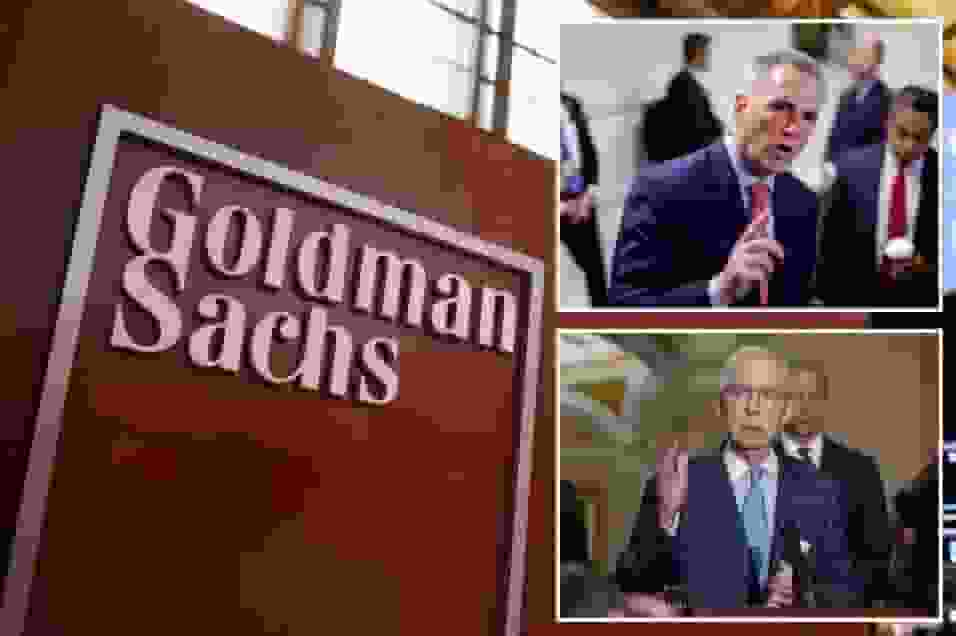Goldman Sachs Warns of Potential 2-3 Week Government Shutdowns in the United States this November

Goldman Sachs is warning of potential government shutdowns in the United States lasting 2 to 3 weeks in November, despite the recent election of a House speaker. (Photo: finance.yahoo.com)
Speaker’s Election Fails to Avert Looming Government Shutdowns in the United States
According to source, Goldman Sachs is anticipating the possibility of government shutdowns in the United States, lasting 2 to 3 weeks, in November, despite the recent election of a House speaker in the United States.
While the election of a speaker may have reduced some uncertainty surrounding government shutdowns in the United States, it is not expected to significantly alter the likelihood of government shutdowns, and a temporary extension might still be the most probable outcome should the November 17 deadline arrive without a longer-term spending deal related to government shutdowns in the United States.
The newly elected speaker may lead House Republicans to push for spending cuts of up to $120 billion concerning government shutdowns, which could further complicate the negotiations for a longer-term spending agreement amidst the looming government shutdowns in the United States. Disagreements regarding Ukraine funding are also expected to add complexity to these discussions regarding government shutdowns.
READ ALSO: 2023 Food Stamps— Here’s What To Know To Qualify For The Program!
Israel Developments Ease Concerns, But U.S. Government Shutdowns Still Loom
However Goldman Sachs notes that recent developments in Israel have slightly reduced the odds of government shutdowns in the United States in November although the outlook remains uncertain. Despite these developments, the perspective is that government shutdowns in the United States in November remain a close call but Goldman Sachs maintains a 2 to 3-week government shutdowns in the United States as their base-case scenario.
Such an event could potentially reduce GDP growth in the fourth quarter of 2023 by approximately 0.5 percentage points and add a similar amount in the first quarter of 2024 related to government shutdowns in the United States.
READ ALSO: Ease the Burden with Debt Relief Services as Consumer Debt Peaks




![Tyson Foods Plant [Photo: Food Manufacturing]](https://southarkansassun.com/wp-content/uploads/2023/08/iStock_1185520857__1_.5e441daa51cca-600x337.jpg)








![Silverado Senior Living Management Inc. [Photo: Los Angeles Times]](https://southarkansassun.com/wp-content/uploads/2023/10/download-6-4-600x337.jpg)

![China's Wuhan Institute of Virology [Photo: Nature]](https://southarkansassun.com/wp-content/uploads/2023/09/d41586-021-01529-3_19239608-600x337.jpg)















